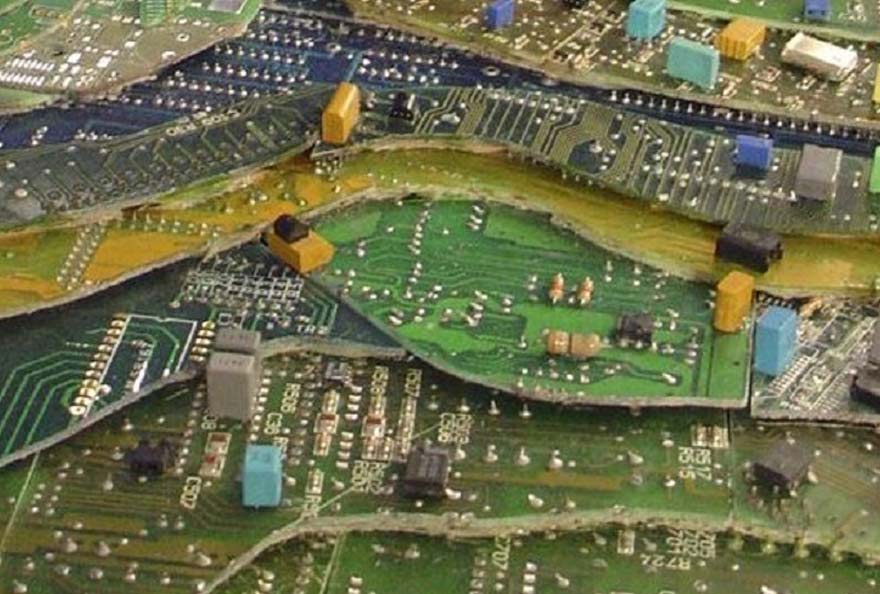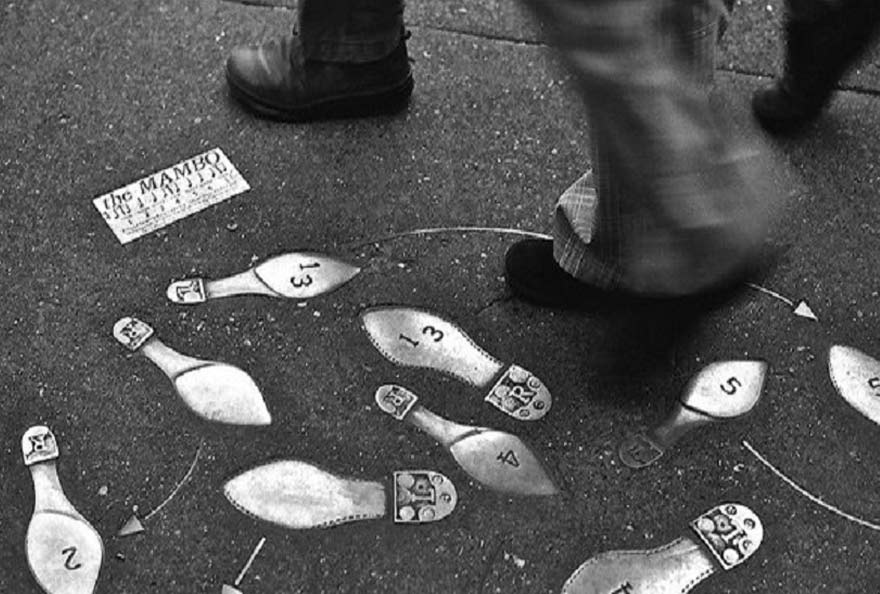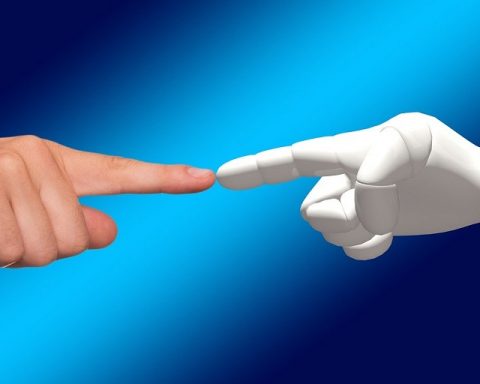Wrestling with high-tech dematerialization
I - The metallic intensity of ICTs

II - Digital manufacturing and micro-electric components
8 trillion transistors are being built every second

III - The impossible challenge of the industrial recycling of W.E.D.s
Only 40% of the ICT mass is recyclable













